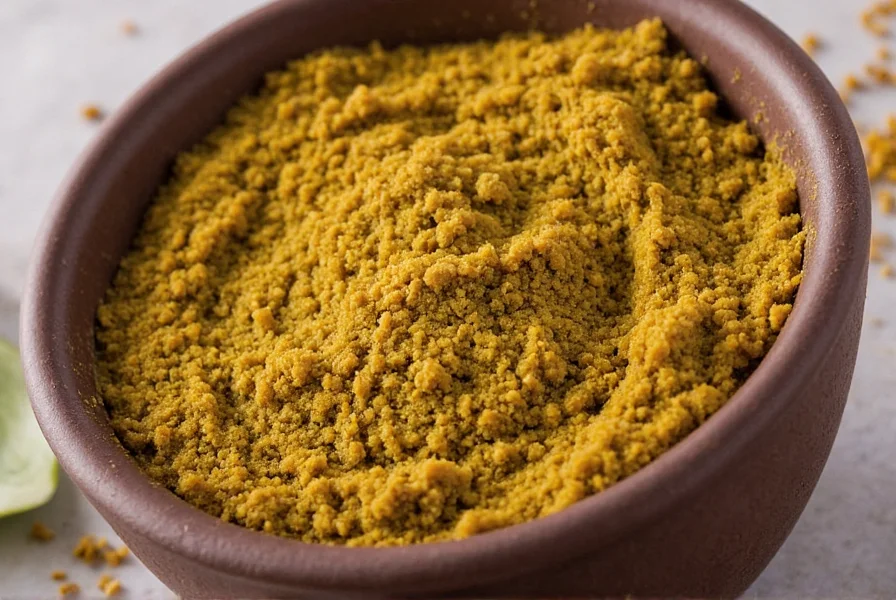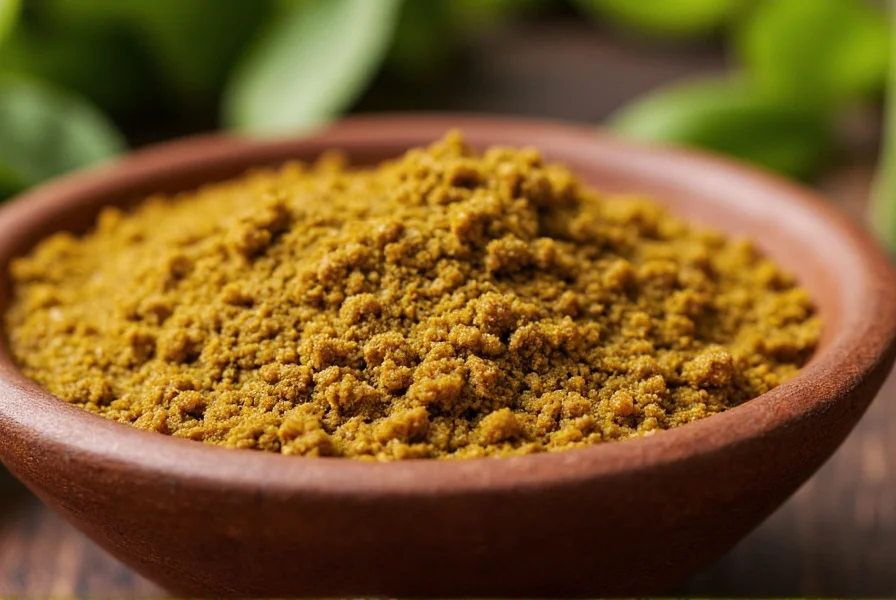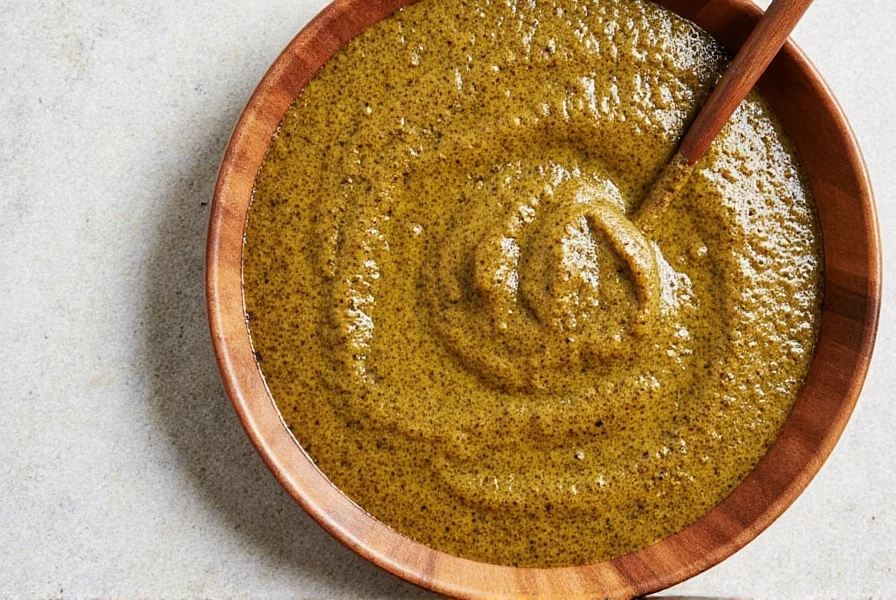Understanding the unique properties of black mustard begins with recognizing its botanical origins. Native to tropical regions of North Africa and the Mediterranean, Brassica nigra produces small, nearly spherical seeds that range from dark brown to black. When whole, these seeds have a nutty aroma, but their true character emerges when crushed or ground, releasing enzymes that transform inert compounds into the volatile allyl isothiocyanate—the same compound found in horseradish that creates that distinctive sinus-clearing sensation.
Botanical Characteristics and Cultivation
Black mustard plants typically grow 2-3 meters tall with bright yellow flowers and deeply lobed leaves. The seeds develop in pods that split open when ripe, which historically made large-scale harvesting difficult compared to the more commonly cultivated brown mustard (Brassica juncea). Modern commercial production primarily uses brown mustard as a substitute because it's easier to harvest mechanically, though traditional recipes specifically call for true black mustard for its superior flavor profile.

Flavor Profile Comparison: Black Mustard vs Yellow Mustard
The flavor difference between black mustard and the familiar yellow mustard found in American supermarkets is substantial. Consider these key distinctions:
| Characteristic | Black Mustard | Yellow Mustard |
|---|---|---|
| Seed color | Dark brown to black | Pale yellow |
| Primary species | Brassica nigra | Brassica hirta |
| Heat level | High (sharp, pungent) | Low (mild) |
| Traditional uses | Indian curries, Ethiopian stews, European mustards | American hot dogs, deli sandwiches |
| Oil content | 30-35% | 20-25% |
Culinary Applications Across Global Cuisines
Chefs value black mustard for its complex flavor transformation during cooking. In Indian cuisine, rai (black mustard seeds) undergo tadka—a tempering process where seeds crackle in hot oil, releasing nutty aromas before adding other ingredients. This technique features prominently in Bengali shorshe ilish (hilsa fish in mustard sauce) and South Indian sambar.
Mediterranean preparations often soak black mustard seeds in wine or vinegar to mellow their intensity while preserving complexity. Traditional Dijon mustard originally used black mustard seeds before switching to brown varieties for practical harvesting reasons. Ethiopian berbere spice blends incorporate black mustard for its heat foundation.
Nutritional Composition and Storage Considerations
Per 100g, black mustard seeds contain approximately:
- 508 calories
- 36g fat (primarily monounsaturated and polyunsaturated)
- 26g protein
- 29g dietary fiber
- Significant selenium, magnesium, and calcium
Unlike prepared yellow mustard which lasts years refrigerated, whole black mustard seeds maintain peak potency for 2-3 years when stored in airtight containers away from light. Ground seeds lose pungency within 6 months. For maximum flavor impact in tadka preparations, use seeds that visibly jump and pop in hot oil—a sign of proper moisture content and freshness.

Practical Cooking Techniques with Black Mustard
Mastering black mustard requires understanding its enzymatic reaction. The pungency develops when myrosinase enzyme contacts sinigrin in the presence of liquid. Control this reaction by:
- Tempering first: Heat oil until shimmering, add seeds until they crackle (about 30 seconds), then immediately add liquid ingredients to stop further enzyme activity
- Grinding with acidic liquids: Vinegar or lemon juice creates stable pungency; water-based preparations mellow within hours
- Roasting before grinding: Dry-roast seeds at 350°F for 5 minutes to develop nutty notes before making mustard paste
For authentic Bengali mustard sauces, blend soaked black mustard seeds with green chilies and water, then ferment 12-24 hours—a process that develops complex sulfur compounds while reducing harshness. This technique produces the distinctive flavor in kasundi, considered the pinnacle of mustard preparation by connoisseurs.
Frequently Asked Questions
Can I substitute brown mustard seeds for black mustard in recipes?
Yes, but with flavor adjustments. Brown mustard seeds (Brassica juncea) provide about 70% of black mustard's heat. Use 25% more brown seeds and add a pinch of horseradish powder to approximate black mustard's intensity in tempering applications.
Why does my black mustard preparation lose heat after cooking?
The pungent compounds in black mustard break down at temperatures above 158°F (70°C). For maximum heat retention, add mustard paste during the final 5 minutes of cooking. In traditional Indian preparations, mustard oil is heated to smoking point then cooled slightly before adding seeds to preserve enzymatic activity.
Are black mustard seeds safe to eat raw?
Whole seeds are safe to eat raw but difficult to digest. Ground raw seeds create intense pungency that may irritate mucous membranes. Traditional food safety practices always involve cooking or fermenting black mustard seeds before consumption to neutralize potential goitrogens and improve digestibility.
How does black mustard differ from wasabi in terms of heat mechanism?
Both contain allyl isothiocyanate, but black mustard's heat develops enzymatically when seeds contact liquid, peaking after 10-15 minutes then fading. Wasabi's heat comes from pre-formed compounds that hit immediately but dissipate within 15 minutes. Mustard heat penetrates deeper into nasal passages while wasabi creates more immediate surface burn.
What makes black mustard essential in certain traditional preservation methods?
The high sinigrin content in black mustard creates natural antimicrobial properties when combined with salt and oil. In traditional Bengali kasundi and Ethiopian mitmita, this combination inhibits bacterial growth while allowing controlled fermentation, preserving vegetables for months without refrigeration in pre-modern food systems.











 浙公网安备
33010002000092号
浙公网安备
33010002000092号 浙B2-20120091-4
浙B2-20120091-4